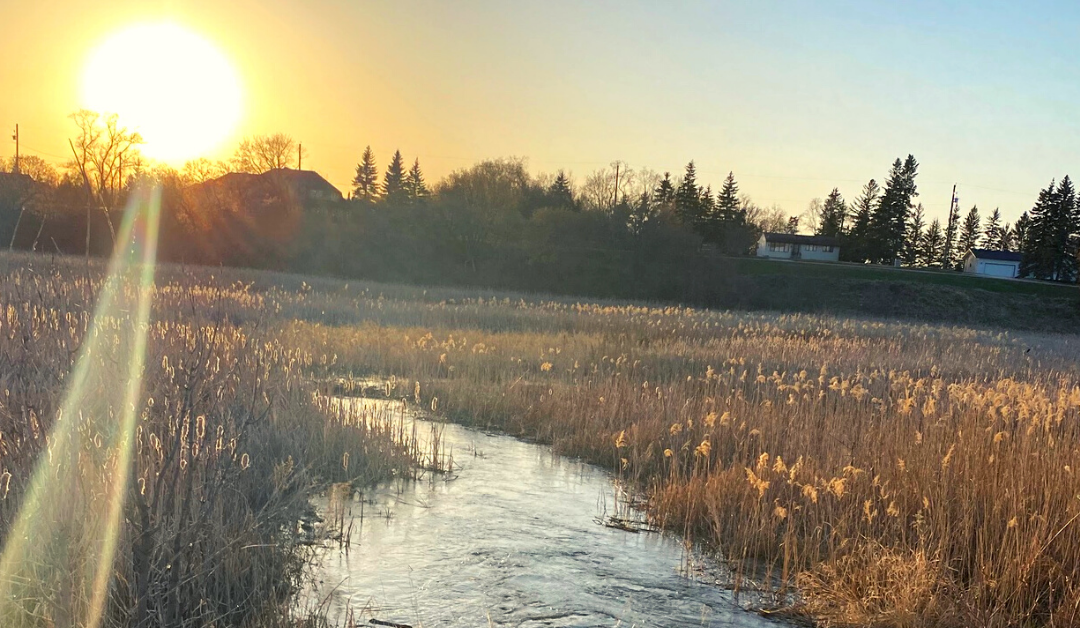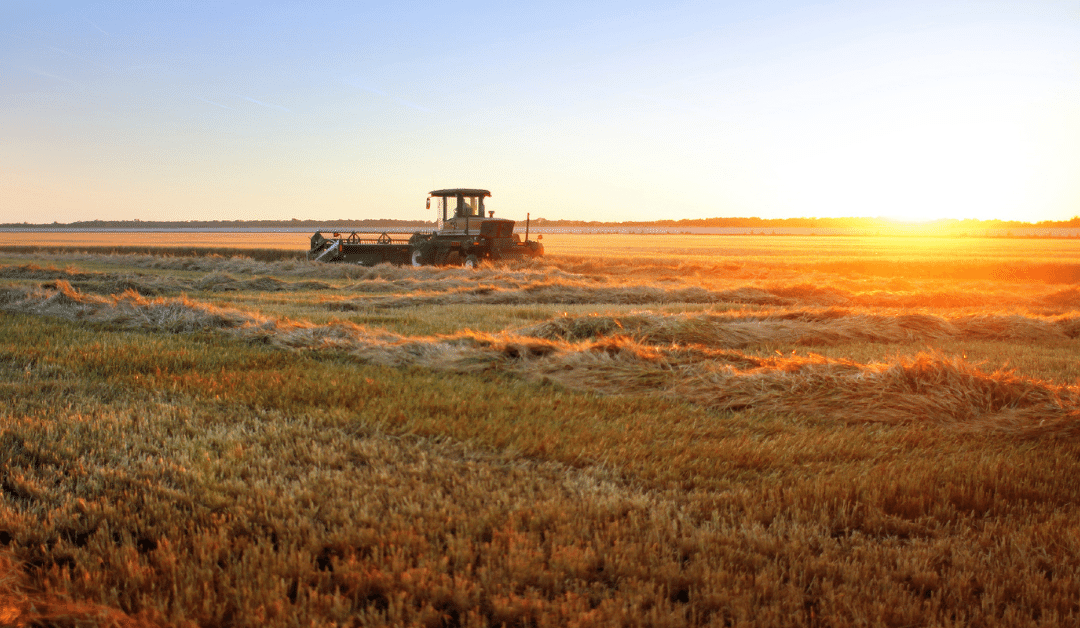Two minutes of silence, the playing of the Last Post, the recitation of In Flanders Fields, and the wearing of poppies are all part Remembrance Day but have we remembered everyone?
Each year on November 11 at 11:00 a.m. Canadians from small communities as well as large urban centers take part in memorials. Schools, public halls, cenotaphs and war memorials host services and allow military and civilians to show their respect and to remember the sacrifice so many gave in service to our country.
The red poppy, a native flower on the western front during the first world war, has become the powerful symbol of Remembrance Day. Canadian legions across the nation distribute millions of red poppies each year to Canadians who proudly wear them for most of early November. Funds that are raised provide honor and assistance to our Veterans.
This November 8, 2019 we celebrated the 28th Aboriginal Veterans Day Ceremony in recognition of the contributions that the Indigenous peoples made to the military during the First and Second World Wars along with the Korean War. It is estimated that more than 12,000 Indigenous men and women served during these wars. Unfortunately, many of these veterans were not recognized for their contribution and sacrifice, so the Aboriginal Veterans Day was created.
This year during the two minutes of silence on November 11 at 11:00 a.m. I will be sure to put all who served in my thoughts, and take the time to remember family and friends along with the brave men and women from the Indigenous community who also served. I will also be sure to cast my thoughts and good wishes to those who are currently serving in combat zones and as peacekeepers across the globe today. Thank you to all who have served and sacrificed.
You can find a list of Remembrance Day ceremonies across Manitoba here:
Where To Go For Remembrance Day Ceremonies in Manitoba
10 Quick Facts on… Remembrance Day
- Remembrance Day was first observed in 1919 throughout the British Commonwealth. It was originally called “Armistice Day” to commemorate armistice agreement that ended the First World War on Monday, November 11, 1918, at 11 a.m.—on the eleventh hour of the eleventh day of the eleventh month.
- From 1921 to 1930, Armistice Day was held on the Monday of the week in which November 11 fell. In 1931, Alan Neill, Member of Parliament for Comox–Alberni, introduced a bill to observe Armistice Day only on November 11. Passed by the House of Commons, the bill also changed the name to “Remembrance Day”. The first Remembrance Day was observed on November 11, 1931.
- Every year on November 11, Canadians pause in a moment of silence. We pause to honour and remember the men and women who have served, and continue to serve Canada during times of war, conflict and peace. We remember the more than 2,300,000 Canadians who have served throughout our nation’s history and the more than 118,000 who made the ultimate sacrifice.
- The poppy is the symbol of Remembrance Day. Replica poppies are sold by the Royal Canadian Legion to provide assistance to Veterans
- Remembrance Day is a federal statutory holiday in Canada. It is also a statutory holiday in three territories (Yukon, Northwest Territories and Nunavut) and in six provinces (British Columbia, Alberta, Saskatchewan, New Brunswick, Prince Edward Island and Newfoundland and Labrador).
- The national ceremony is held at the National War Memorial in Ottawa. The Governor General of Canada presides over the ceremony. It is also attended by the Prime Minister, other government officials, representatives of Veterans’ organizations, diplomatic representatives, other dignitaries, Veterans as well as the general public.
- In advance of the ceremony, long columns of Veterans, Canadian Armed Forces members, RCMP officers, and cadets march to the memorial lead by a pipe band and a colour guard. At the end of the ceremony, they march away to officially close the ceremony.
- Some of the 54 Commonwealth member states, such as Canada, the United Kingdom and Australia, observe the tradition of Remembrance Day on the eleventh hour of the eleventh day of the eleventh month. Other nations observe a solemn day but at different dates. For example, ANZAC Day is observed in New Zealand on April 25. In South Africa, Poppy Day is marked on the Sunday that falls closest to November 11.
- Many nations that are not members of the Commonwealth also observe Remembrance Day on November 11, including France, Belgium and Poland.
- The United States used to commemorate Armistice Day on November 11. However, in 1954 they changed the name to Veterans Day.






0 Comments